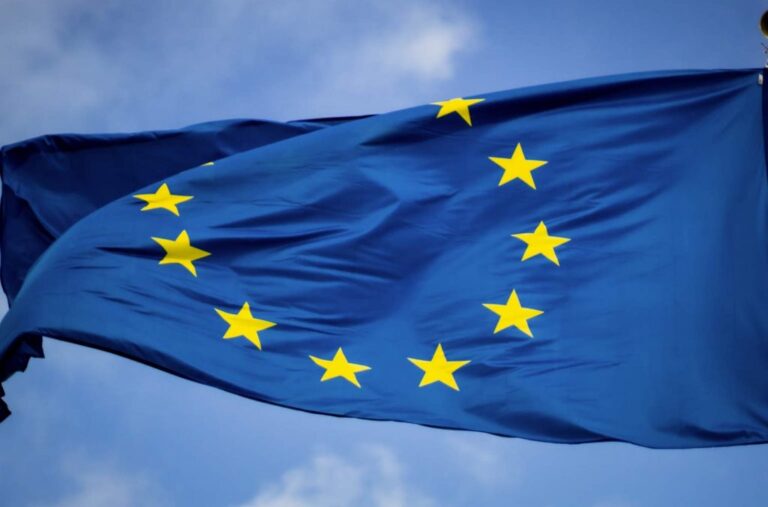
Morning Brief – Order
Order
The United States needed a fifth round of fiscal stimulus. Much like the very virus the economic support is in place to stave away; if you cut the course of antibiotics mid-way through the infection the virus will win and the patient will deteriorate. Unemployment benefits for American workers had expired last month, state finances were in disarray and headlines of trillions of dollars’ worth of economic stimulus had tantalised but ultimately evaded the US economy. The US Dollar has also suffered amidst chronic economic uncertainty. Time to shine, thinks the President? Let’s use the power of the Oval Office in order to sign executive orders to single-handedly save the US economy. Yeah, alright.
In the end Trump did use his presidential felt tip pen to etch his signature upon no less than four executive orders. The focus for the US economy now is how this saga will impact the elections in November. There is the risk that Trump can appeal to the American electorate with tales of bravery and initiative in the face of a fierce Nancy Pelosi, grasping that sharpie with a vigour and courage not seen since that stone was cast at Goliath by David. I’m sure it will only be a matter of time until it is brandished as the greatest executive order. But the truth is far from this. In reality it was Democratic lawmakers that had pushed for a stimulus package greater than $3t that would have included further transfers directly to American households. This initiative was blocked by Republican lawmakers who disagreed with the profligacy of spending, in particular the unemployment incentives.
Last month additional federal unemployment benefits in the United States were equal to $600 per week. At an annualised $31,200, Republican lawmakers frequently argued that the largesse of the package created a disincentive for people to get back into work as they were better off unemployed. This was met by Democratic and popular contestation that the benefits were a critical lifeline to American workers who without the additional federal cash and stimulus payments would simply not be able to make ends meet. With some 30m Americans having relied upon fiscal stimulus since the pandemic outbreak in the States, the stakes could not be higher. Regular unemployment benefits of only a few hundred dollars are presumed to be insufficient in these times.
The debate for the US election and thus Dollar will be dependent upon how Trump spins the impasse and his executive orders that reduce additional unemployment benefits but at least preserve them in part. The Dollar has rallied in recent sessions dropping back from its lows reached in the first sessions of this month. Uncertainty surrounding the elections in and of itself will put downward pressure on the US Dollar. Trump’s pro-business and protectionist policies have proven to be USD-positive. The Democratic promise of higher public spending and debt on the other hand is more likely to undermine the Dollar. Having played it fast and loose with the truth for the duration of his first campaign and presidential term, the polls will determine who wins the intellectual battle ground of this weekend’s events.
Discussion and Analysis by Charles Porter

Click Here to Subscribe to the SGM-FX Newsletter
Related Insights

Daily Brief – Two cuts down
Two cuts down The Federal Reserve cut the target Fed funds rate by 25-basis points again last night. This brings the benchmark range down to a 3.75-4% banding. This move had been widely expected, but that does not mean it did not have any market impact. As of market open today, the dollar continues to […]

Daily Brief – A glimmer of (European) hope
A glimmer of (European) hope The ECB has made significant progress in cutting rates towards an accommodative level. The Eurozone saw evidence of cooling inflation much sooner than many economies and has been able to respond accordingly, cutting the deposit rate to 2%. The ECB will meet again this Thursday to publish its latest monetary […]

Daily Brief – Inflation’s peak?
Inflation’s peak? Yesterday’s publication of the latest UK inflation report will be welcomed by households and the government alike. The report released prior to the market open yesterday showed UK inflation to September remained stable month-on-month. That might not sound like a whole lot at face value, but it is in fact critical that headline […]



 Charles Porter
Charles Porter